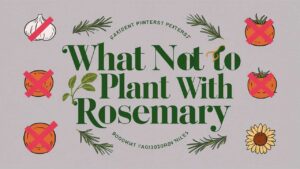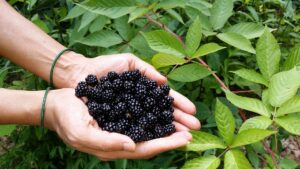In this article, we’ll discuss a selection of remarkable annual flowers that can bring life and color to your winter garden.
Pansy
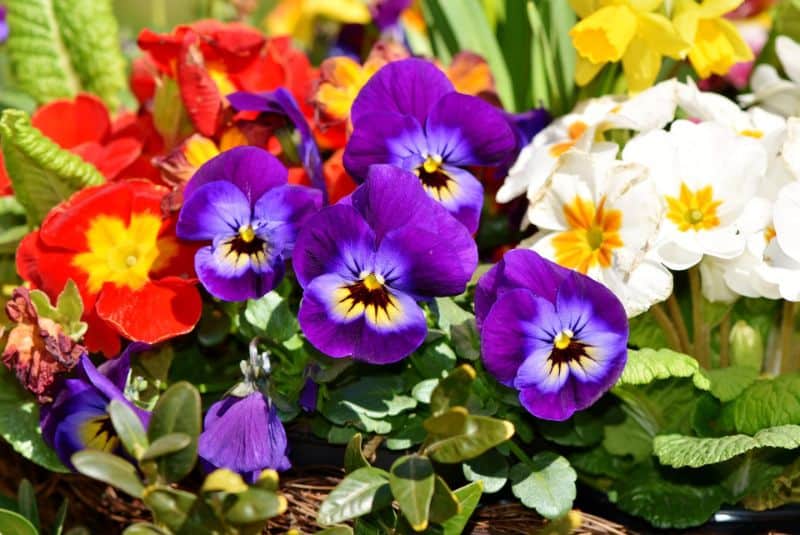
Pansies are darling little flowers that are synonymous with winter beauty. Boasting vibrant colors and unique markings, these versatile blooms are perfect for cool-season gardens. Their heart-shaped petals come in a stunning array of hues—from deep purples and vibrant yellows to pastel pinks and whites.
Ideal for beds, borders, and container gardening, pansies thrive in the cold and often bloom from fall until spring. They can even withstand light frost and snow, making them the perfect resilient flowers for winter. Planting pansies in well-drained soil with good sunlight will reward you with a delightful display throughout the winter months.
Viola
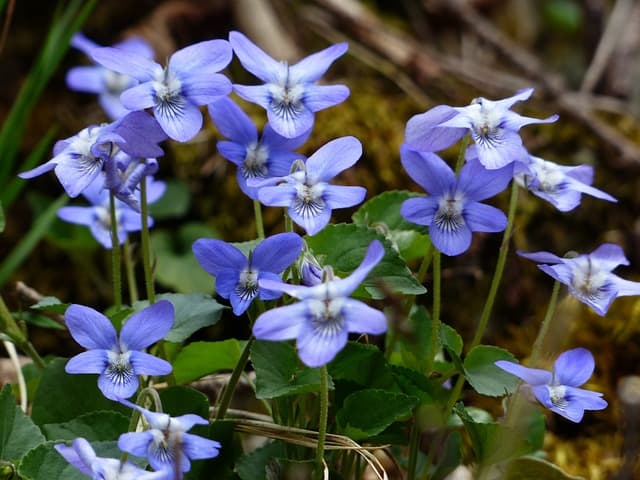
Violas, closely related to pansies, elevate any winter garden with their abundance and color. Known for their smaller size, they often produce lovely two-toned flowers that resemble mini pansies. These hardy blooms can handle colder temperatures while maintaining their vibrancy, making them a great choice for borders or mixed containers alongside other winter annuals.
With false shade tolerance, violas can thrive in part to full sun, and their delicate fragrance is a welcomed bonus. They’re also beneficial for attracting butterflies to your garden, making them not just beautiful but essential for biodiversity during the winter season.
Petunia
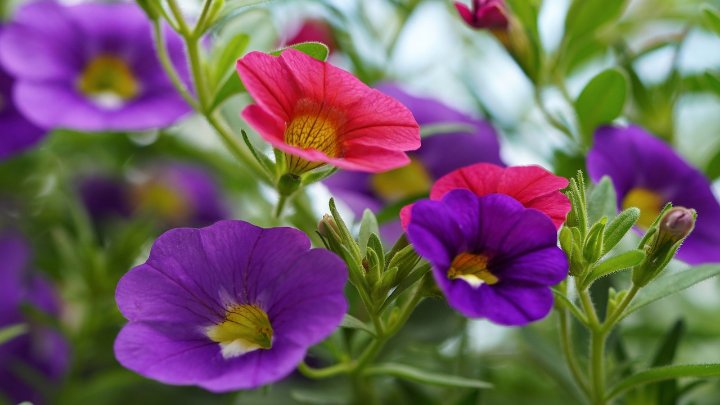
Petunias are among the toughest annuals, and they can produce a breathtaking display even in the winter months. While typically associated with summer gardening, with the right conditions, petunias can bloom impressively in the cooler climate. The secret lies in the right variety: look for ‘Wave’ or ‘Surfinia’ types that are bred for longer blooming seasons.
These versatile flowers love well-drained soil enriched with organic matter. They come in a vast array of colors and patterns, adding a lively contrast to any winter landscape. Consider incorporating petunias into hanging baskets or window boxes for a cheerful splash of color against winter’s stark backdrop.
Snapdragons
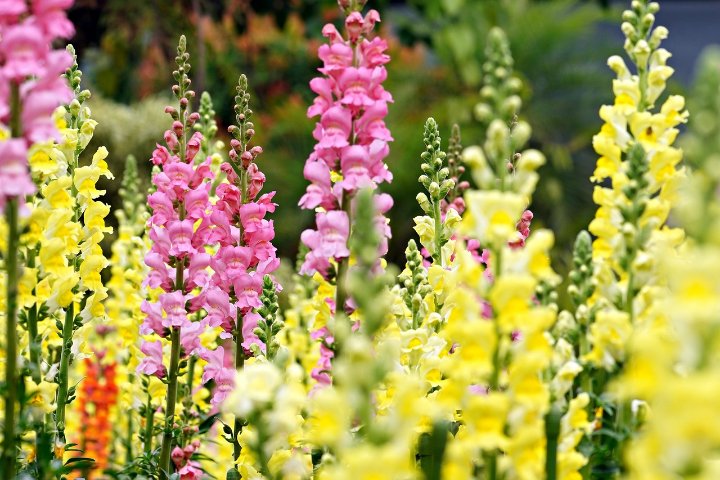
Snapdragons are a classic choice for winter gardens, celebrated for their tall, elegant spikes that produce an abundance of blooms. They come in various colors, including pinks, reds, yellows, and whites, adding visual depth to your winter arrangements. One of the most charming aspects of snapdragons is how they invite children and the young-at-heart to pinch their sides to make them “snap.”
Best planted in well-drained soil with plenty of sunlight, snapdragons can withstand freezing temperatures. Their resilient nature means they will continue to produce blooms with regular deadheading, making them a favorite for gardeners looking for long-lasting winter color.
Calendula
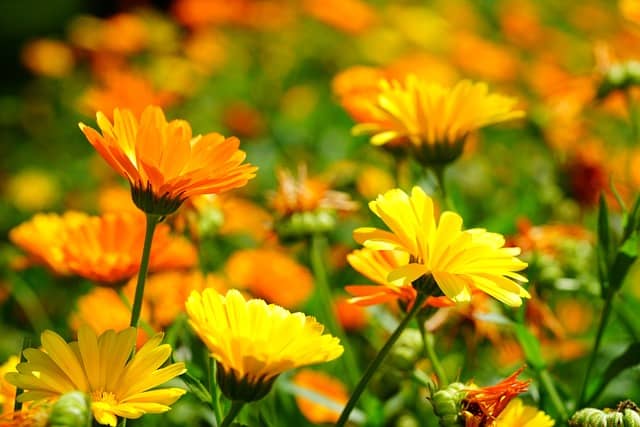
Often termed the “pot marigold,” calendulas thrive in cooler climates and bring a splash of sunshine to the winter garden. With bright petals ranging from deep orange to lemon yellow, these flowers provide a cheerful aesthetic that can instantly lift your spirits during the dreariness of winter.
Calendulas are known for their medicinal properties; their petals can be used in herbal remedies or as a colorful garnish in culinary dishes. They’re best sown in well-drained soil in a sunny location, and with regular watering, they will bloom continuously throughout the colder months. Their ability to attract beneficial insects is another plus for gardeners focused on creating an ecologically-friendly gardening environment.
Nemesia

Nemesia is a delightful annual that may not be on everyone’s radar, but it’s a fantastic winter option. They feature charming, fragrant flowers that come in an array of colors, from violets and blues to whites and yellows. Their compact growth habit makes them ideal for containers or as edging plants in any garden bed.
These colorful blooms thrive in cooler temperatures and prefer well-drained soil enriched with organic matter. Regular deadheading encourages continued blooming through winter, which makes them a favorite for gardeners looking to maintain vibrant displays throughout the season.
Sweet Alyssum

Sweet alyssum is renowned for its delicate clusters of small flowers that emit a sweet fragrance, gracing the winter garden with charm and elegance. Available in shades of white, lavender, and deep purple, these compact plants can weave through borders or spill over the edges of containers, creating a stunning bouquet effect.
They thrive in cool climates and even flourish in poor soils, effectively competing against winter’s biting winds. Sweet alyssum is not only beautiful but also a magnet for beneficial insects like bees and butterflies, enhancing your garden’s ecological balance during the colder months.
Sweet Peas
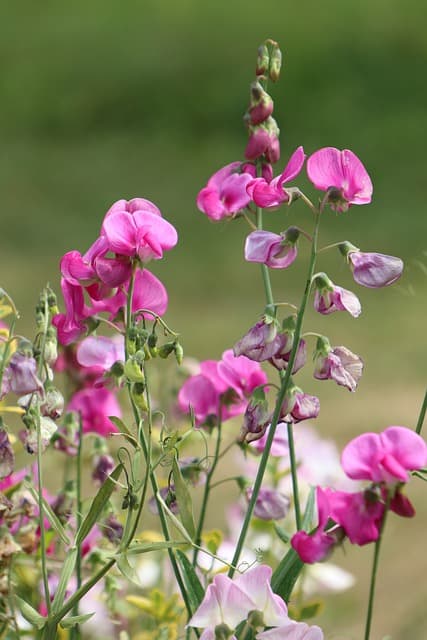
Sweet peas are the epitome of fragrant winter blooms. Their lovely blossoms are often found in a range of pastel colors and exude a delightful scent that can transport you to a blissful summer garden. While traditionally planted in spring, sweet peas can successfully be sown in the fall for a stunning winter bloom if conditions permit.
These climbing plants appreciate well-drained soil and need support as they grow, making them an excellent choice for trellises or fences. They thrive in cooler temperatures, and their abundance of blooms can be cut for delightful indoor arrangements, bringing freshness to your winter space.
Sweet William
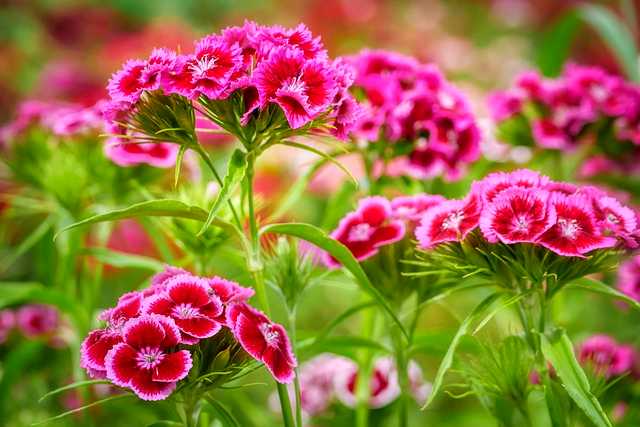
Sweet William, a biennial flower, is often grown as an annual in many gardens. Its striking clusters of vibrant color make it a star in the winter garden scene. Available in vibrant reds, pinks, and whites, Sweet William offers a pop of color even when surrounded by more muted winter hues.
This hardy plant prefers full sun but can adapt well to slightly shaded areas. When well-tended, Sweet William can withstand frost while producing stunning bouquets that bloom in late spring, effectively bridging the gap between winter and warmer seasons.
Osteospermum
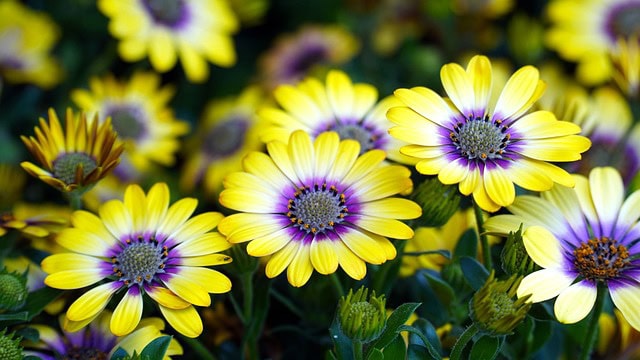
Osteospermum, commonly known as African daisies, add a unique twist to winter gardens. These drought-resistant flowers showcase large, daisy-like blooms in a dazzling array of colors and patterns. Their ability to thrive in both full sun and partial shade makes them versatile for various planting schemes.
These gorgeous annuals are typically perennial in warmer climates, but they bring continuous color to winter gardens in cooler areas. Regular deadheading promotes blooming and is essential for maximizing their flowering potential. Osteospermum is also garden-friendly, attracting pollinators and altogether enhancing the vibrancy of your winter planting.
Cornflower
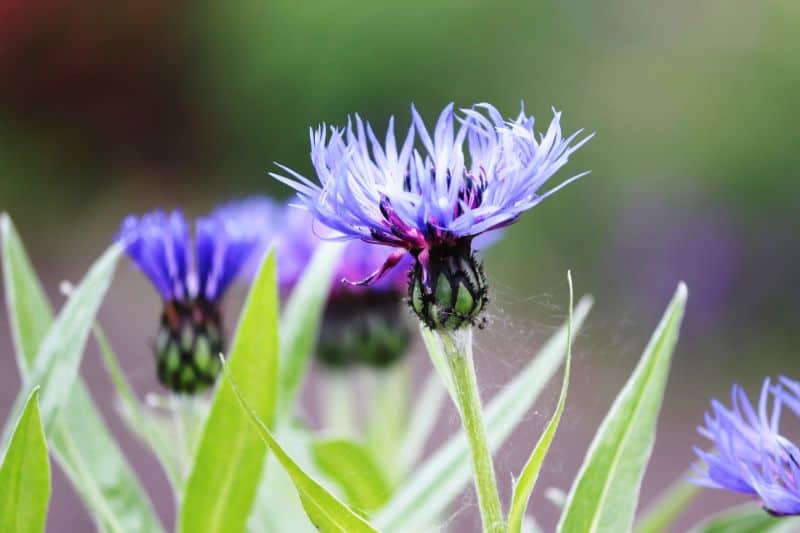
Cornflowers, or bachelor’s buttons, impart a lovely blue hue that can be a rare sight in winter gardens. These hardy annuals are known for their resilience against frost, easily enduring the cold with their stunning blossoms that can also be used in culinary applications.
Cornflowers prefer full sun and well-drained soil. They thrive in colder months, making them ideal for planting alongside other winter annuals, and their ability to self-seed allows them to return year after year, creating a delightful blue patch in your garden that celebrates the cyclical nature of life.
Dusty Miller
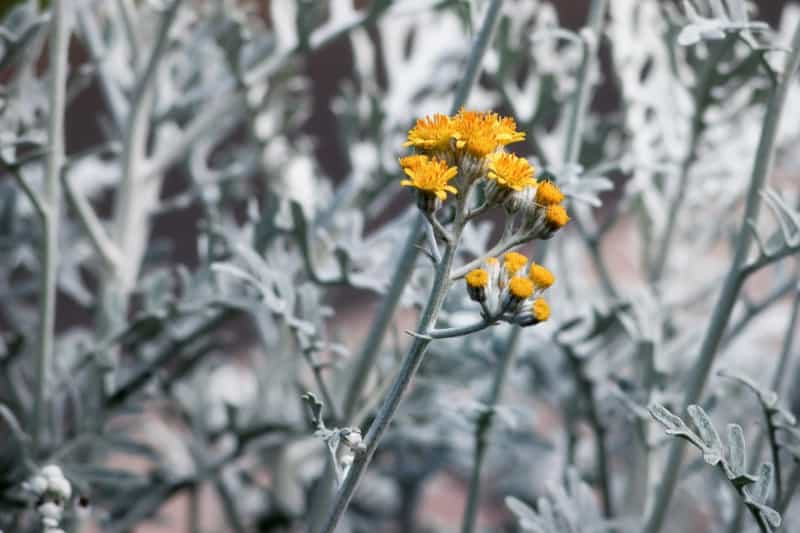
While technically not a flowering annual, dusty miller offers beautiful silvery foliage that can beautifully complement the bright blooms of winter flowers. This classic plant is known for its velvety, silvery leaves that create a striking contrast in mixed flower displays.
Dusty miller can withstand cold temperatures while providing a soft, textural element in your garden. Plant them alongside brightly colored annuals like pansies and petunias to create a visually engaging landscape, grounding the vibrant colors with their calming presence.
Marigold
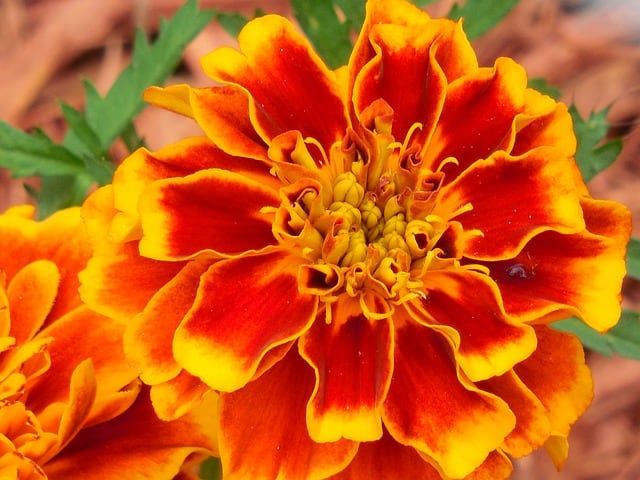
Marigolds are popular annuals known for their bright, cheerful blooms and pest-repelling properties, making them excellent companions in any garden. While most gardeners associate them with warmer weather, particular varieties, especially French marigolds, can offer fabulous color even in winter.
Their rich hues of golds, oranges, and reds are sure to brighten the coldest of days. Marigolds thrive in sunny locations and healthy, well-drained soil. They not only provide beauty but also help suppress weeds and deter pests, contributing to a healthier garden ecosystem.
False Oxlip
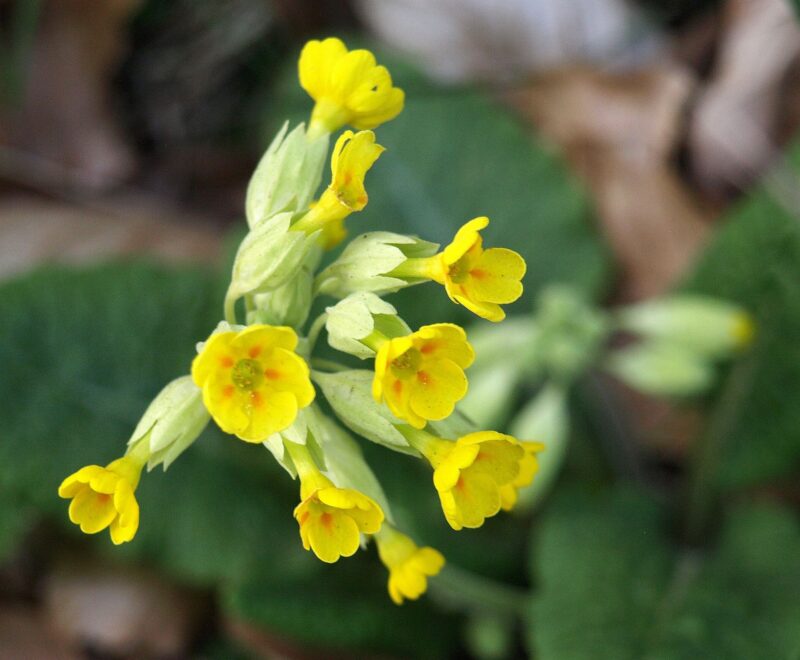
Ordinarily, oxlips are a hardy perennial, but false oxlip serves as an annual blooming lovely clusters of delicate flowers that can bring a whimsical touch to your winter landscape. Their charming resemblance to primroses, with shades of pale yellows and pinks, makes them a delightful addition.
False oxlips thrive in well-drained soil and prefer partial shade but can adapt to full sunlight. These charming little blooms are excellent for adding a natural woodland feel to your winter garden, delighting you with their tranquility during a cold snap.
Cineraria

Cinerarias are a treat for winter gardening enthusiasts, with their daisy-like blooms providing a splash of color during otherwise dull months. These annuals produce vibrant flowers that thrive in cooler temperatures, making them perfect for winter gardens and indoor containers alike.
Frequent watering and well-drained, rich soil will contribute to their lush growth and vivid blooms. Cinerarias can serve as excellent cut flowers, bringing a touch of winter wonder indoors while reminding us of vigorous growth against challenging weather.
Stock
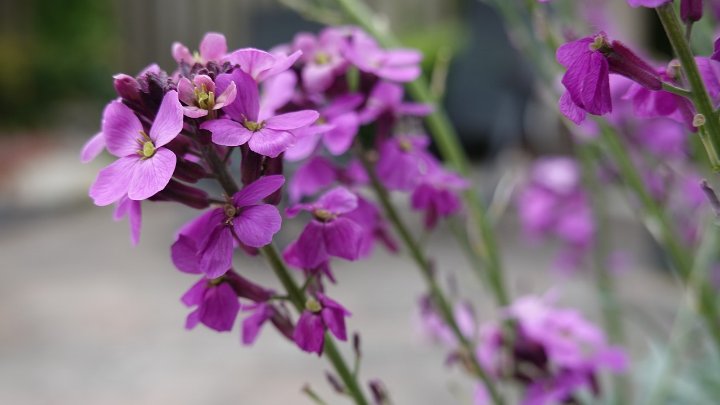
Stock flowers are popular for their sweet fragrance and sturdy stems, making them ideal for winter arrangements. Available in a rich palette of colors, including pink, lavender, lilac, and white, these charming blooms provide lasting beauty to winter gardens.
They love cooler temperatures and well-drained soil, and they can produce a lovely bouquet in your garden while attracting friendly pollinators. Plant stock flowers in sunny spots for optimal growth and enjoy their robust fragrance each time you stroll through your garden.
Iceland Poppy
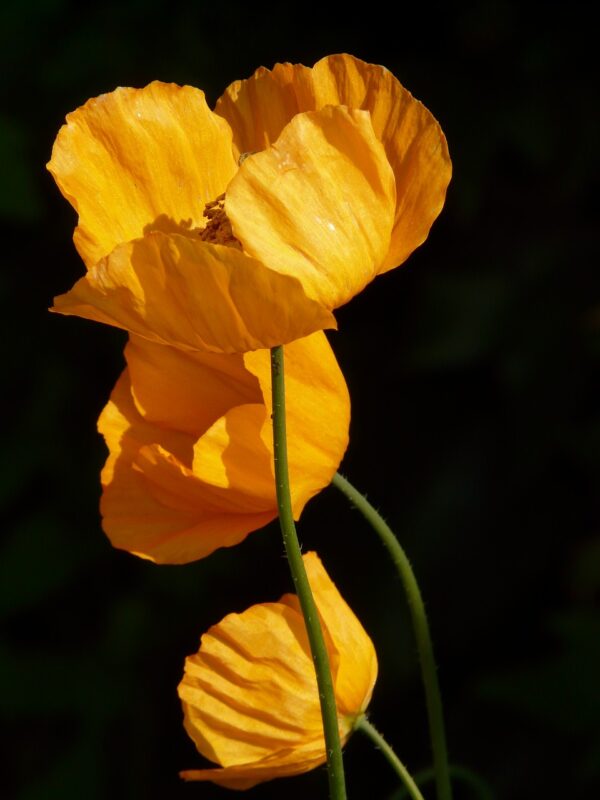
Iceland poppies are renowned for their delicate, Papery blooms and vibrant colors that may remind one of a soft painting of a spring meadow. However, when planted in the fall, these hardy annuals can flourish through the winter months, bringing unexpected cheerfulness to your garden in the midst of cold temperatures.
They prefer well-drained soil and full sun, and with proper care, they can provide a wondrous display, blooming from late winter through early spring. With their uniqueness and ability to withstand frost, Iceland poppies offer pure joy, beckoning us to appreciate beauty in unexpected times.
Ornamental Cabbage and Kale
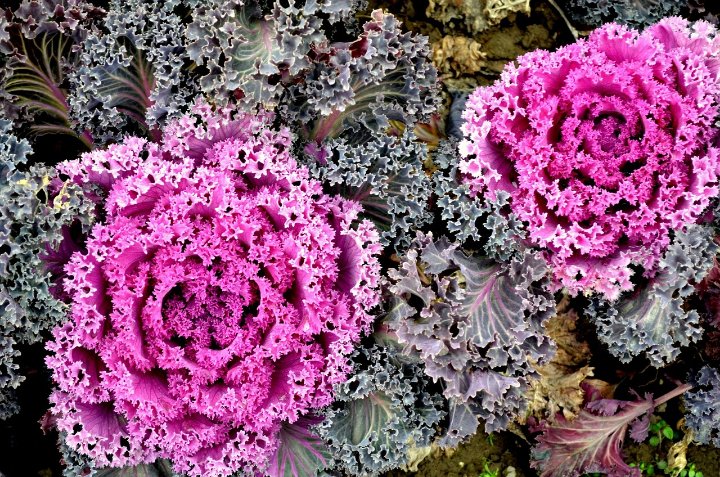
These show-stopping plants may initially seem like an unusual choice for “annual flowers,” but ornamental cabbages and kales offer color and texture to winter gardens that far exceed their traditional roles as merely edible plants. Their striking, frilled leaves and wide range of colors—from creamy whites and soft pinks to deep purples—provide a vibrant touch in any garden setup.
These hardy greens thrive in cooler weather, withstanding frost magnificently, creating stunning displays both in garden beds and containers. Incorporating ornamental cabbage and kale into your winter planning can provide an interesting focal point while showcasing the beauty of life despite the cold.
Larkspur
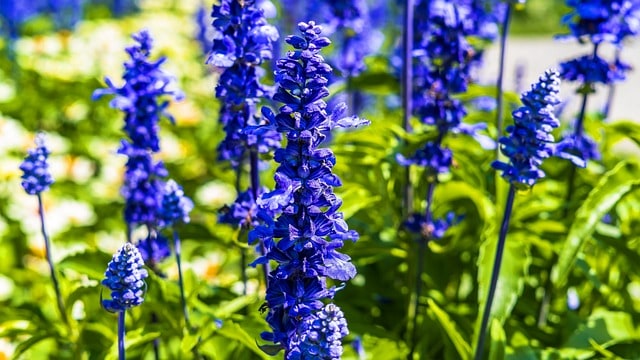
Larkspur is a stately annual that can bring dramatic height and color to your winter garden. Known for their striking spikes of blossoms in shades of blue, purple, and white, they offer a visually stunning contrast against the typically lowland over winter landscape.
These flowers prefer well-drained, fertile soil and full sun, and with regular upkeep, they can bloom from winter through late spring. Larkspur can serve as a beautiful backdrop for your garden or draw the eye in container arrangements. They are also a valuable addition as cut flowers, grace your home with their stunning presence.
Forget-me-not
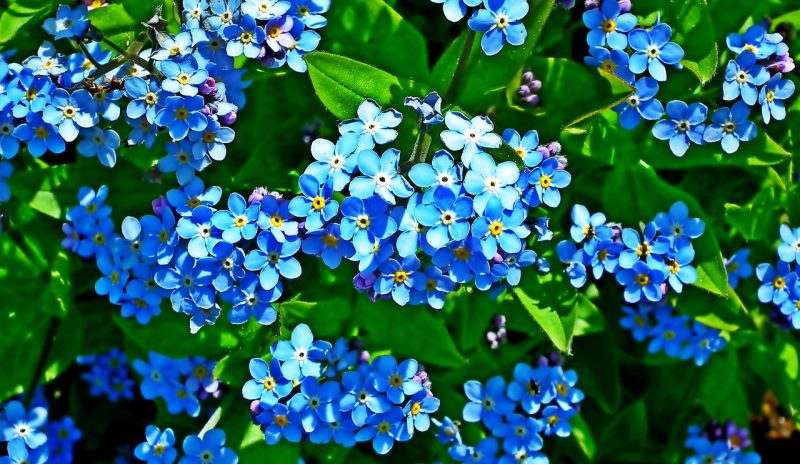
Forget-me-nots add a nostalgic charm to winter gardens with their dainty blue flowers and delicate appearance. These charming annuals are often associated with remembrance and often make a heartfelt addition to any garden, thriving in cooler weather.
They prefer moist, well-drained soil and partial shade. While their flowering can be brief, their airy presence serves as a joyful reminder of the beauty and value of memory. Planting forget-me-nots near walkways or in mixed borders can evoke warmth and resonate with anyone who walks by.



